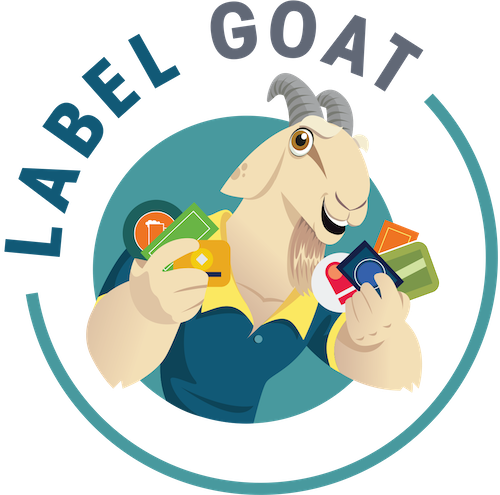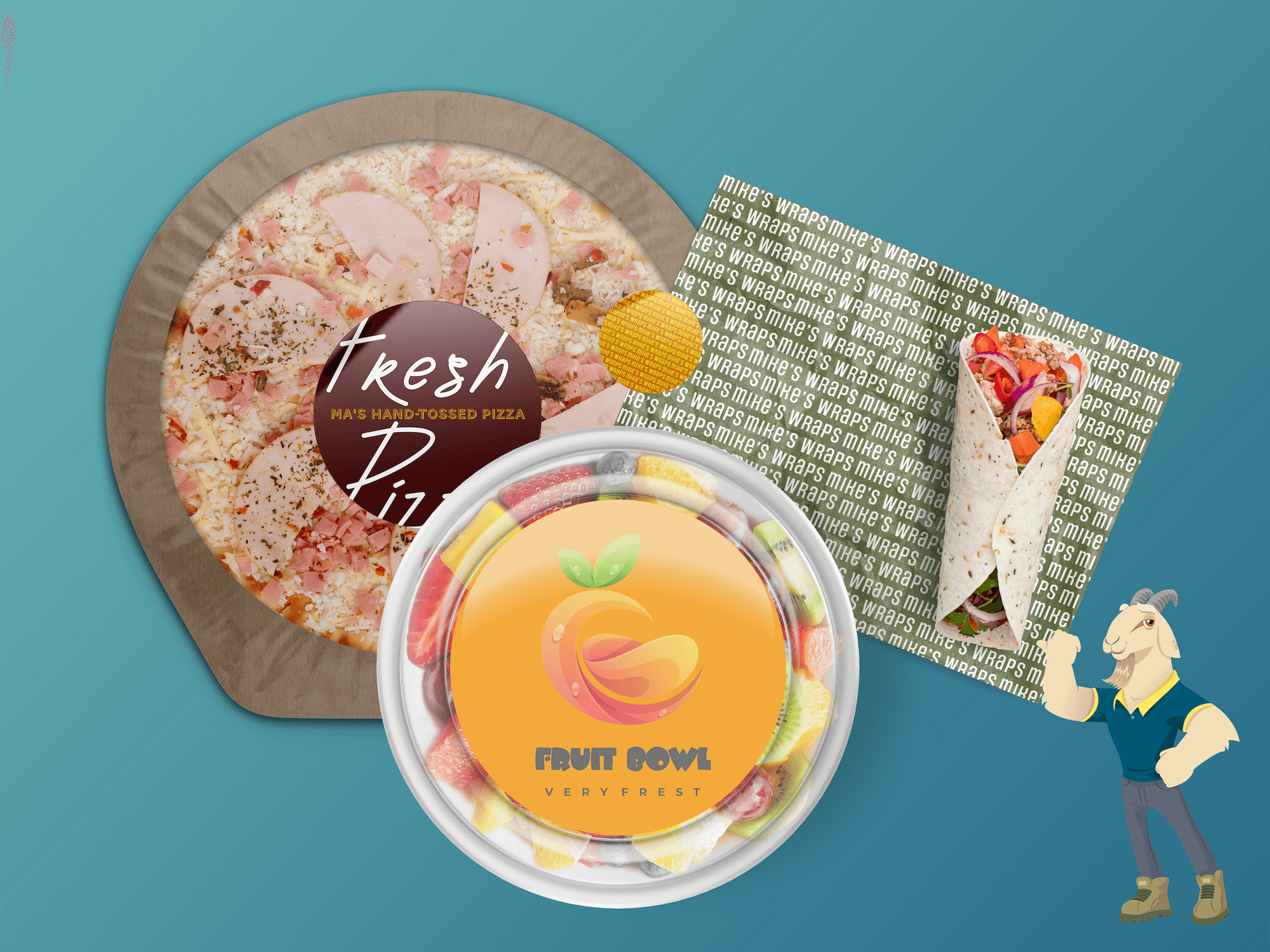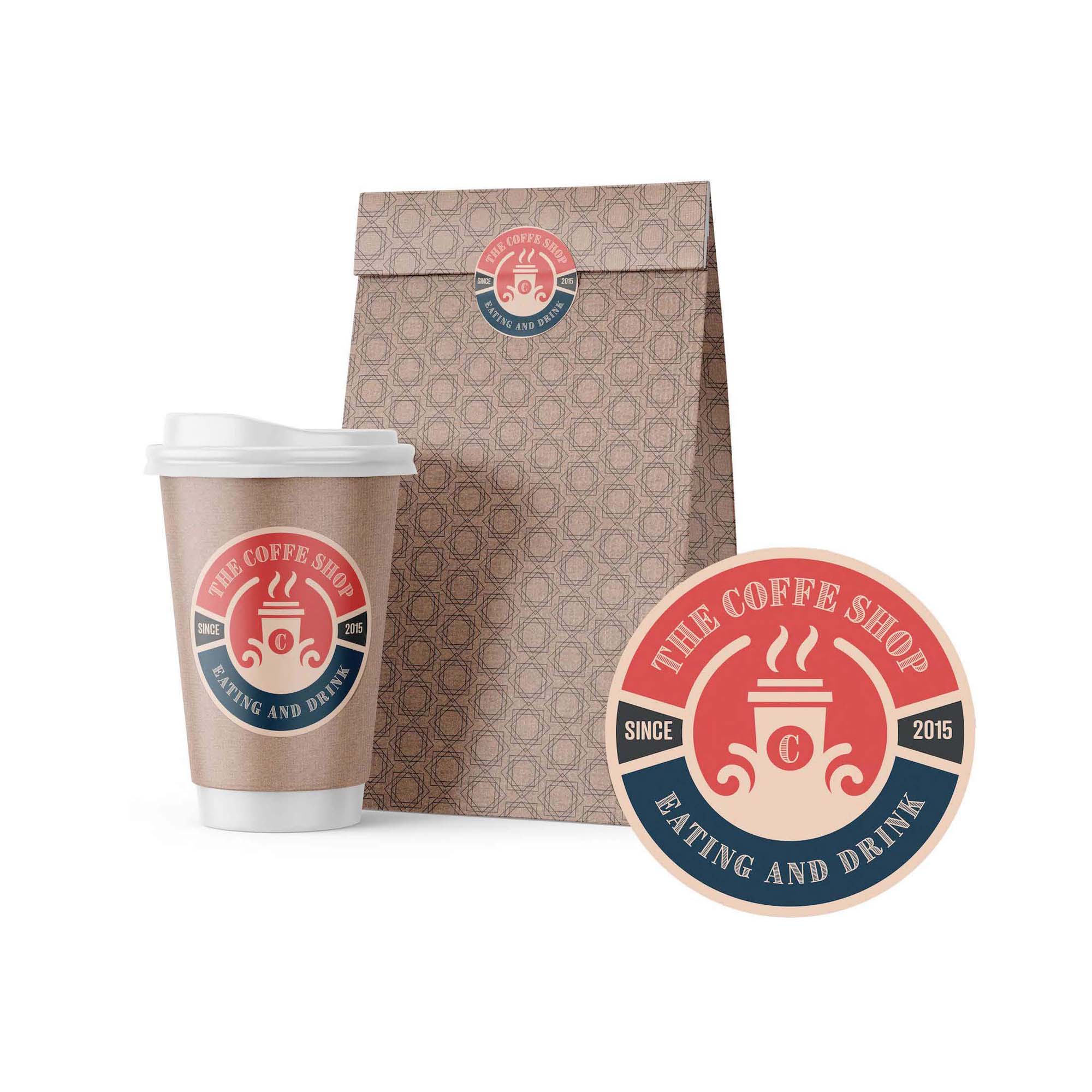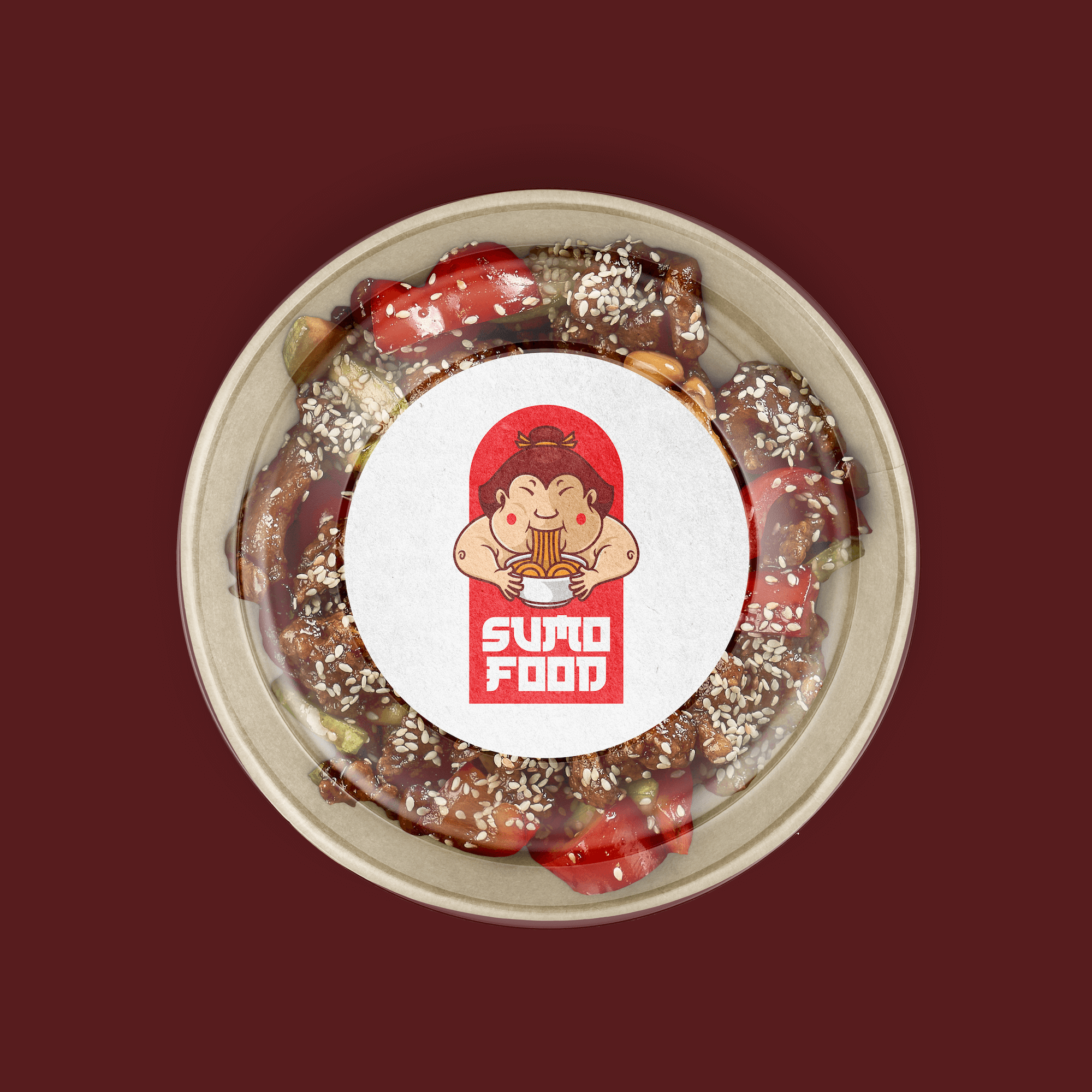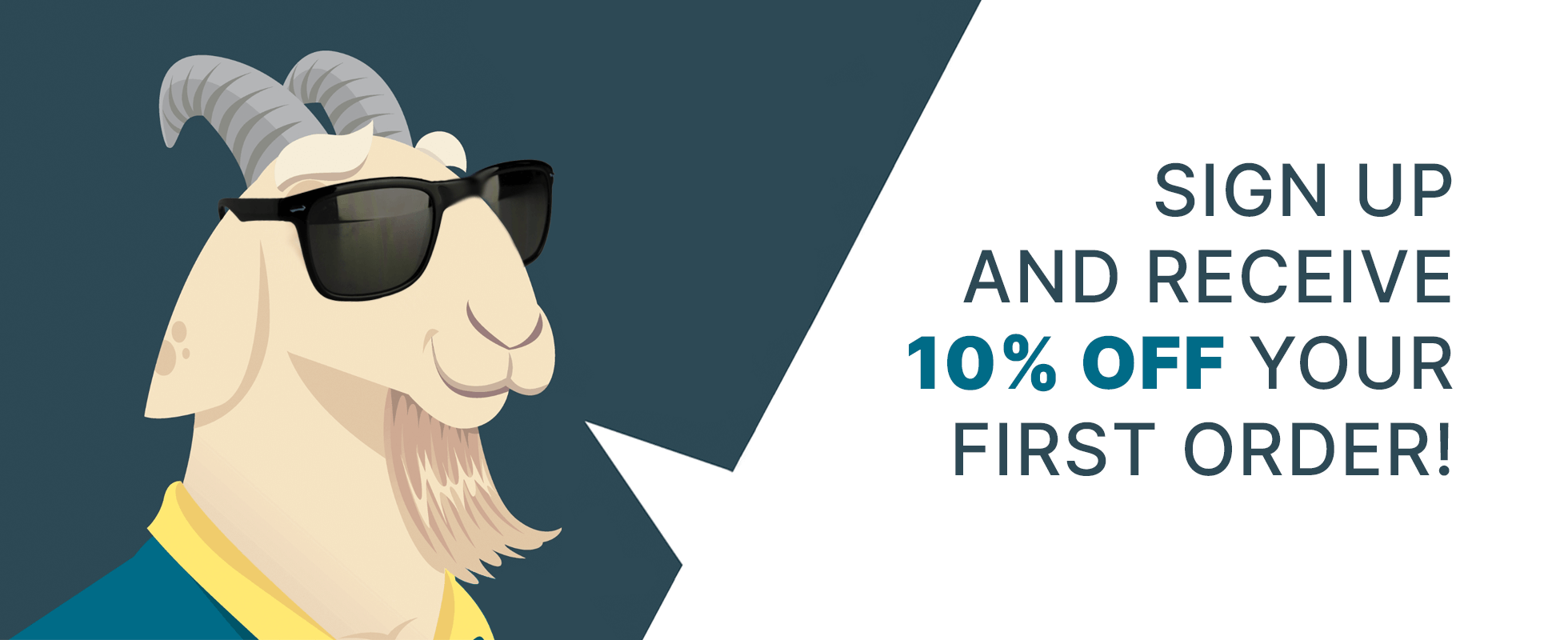Food Labels
Crafting food labels that stand out is an art form, and Label Goat has the expertise to help your product shine. Our designers will work with you to create an eye-catching label design that reflects your brand. From premium materials to stand-out colors, we’re here to ensure your food product packaging and labels are exceptional.
$1.00
Paper Types
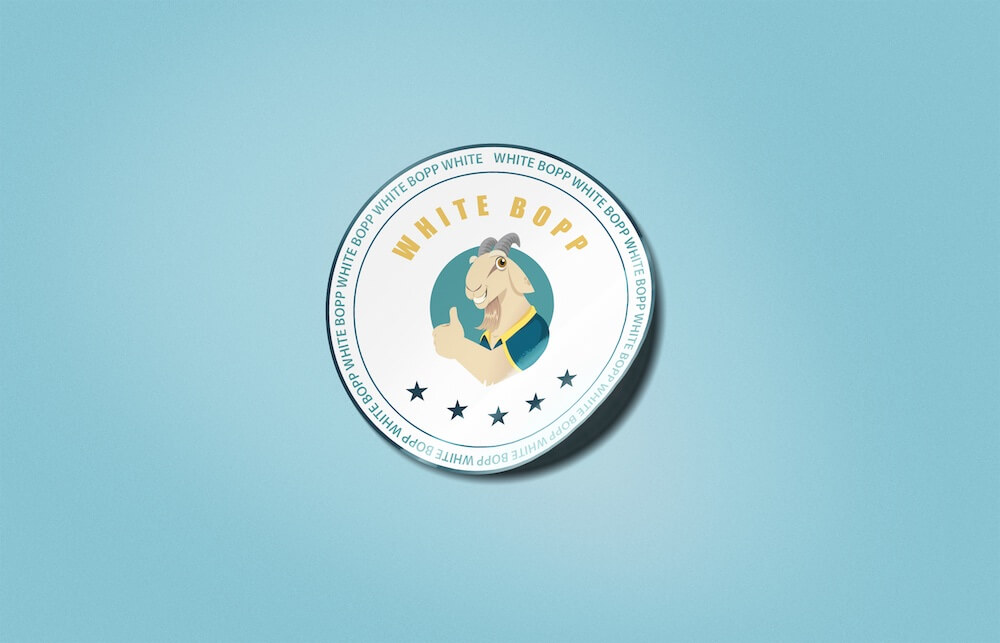
Permanent / Removable BOPP
White BOPP (polypropylene)
- Water, oil, scratch and tear resistant
- Permanent acrylic water based adhesive
- Long lasting
White BOPP Removable
- Water, oil, scratch and tear resistant
- Non-permanent acrylic water based adhesive
- Long lasting
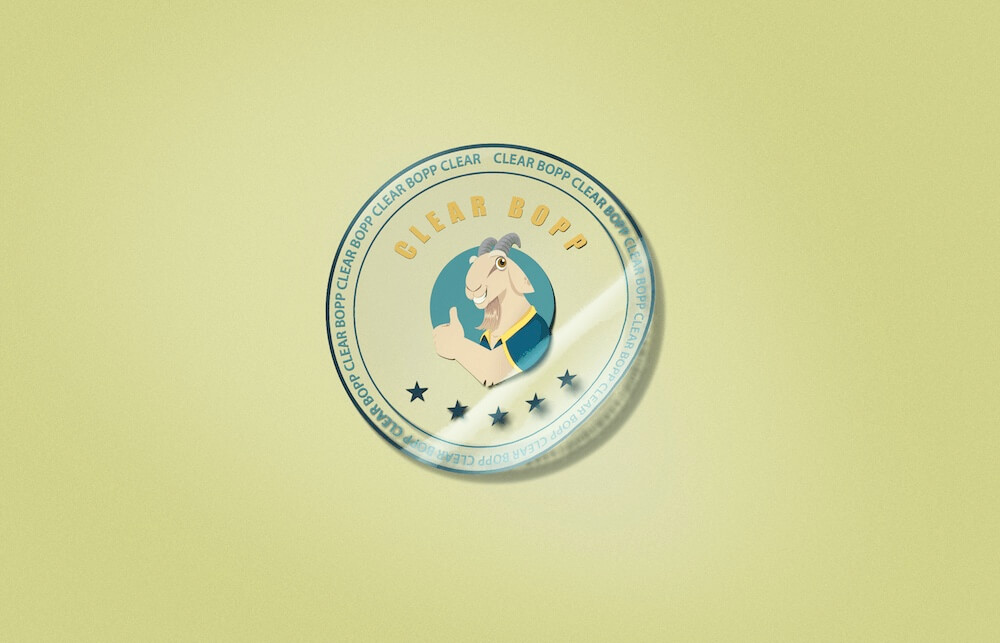
Clear BOPP
- Water, oil, scratch and tear resistant
- Permanent acrylic water based adhesive
- Long lasting
- NO WHITE INK
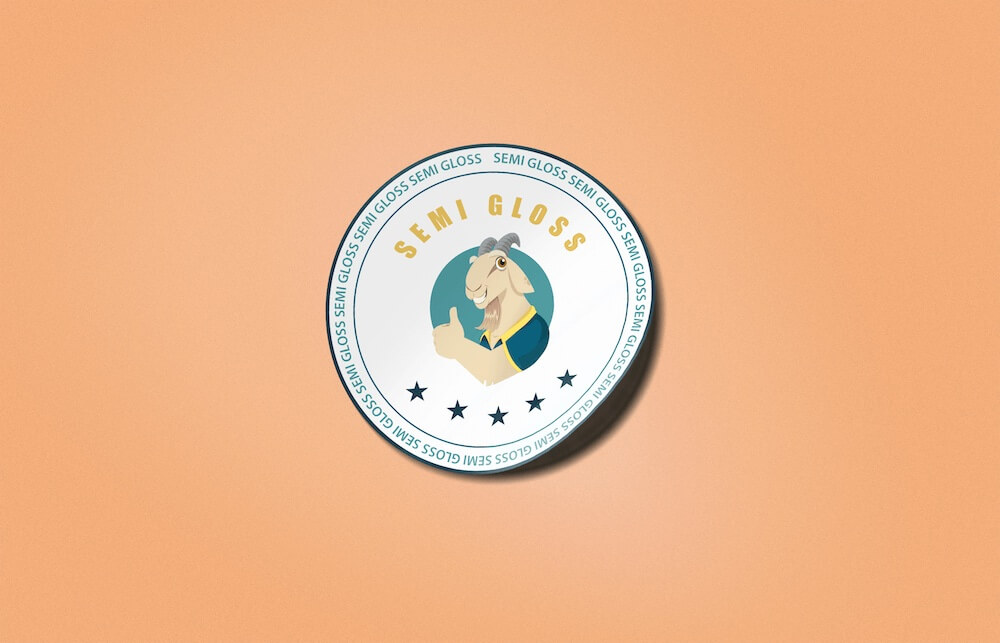
White Paper
- Cost effective
- Best for indoor use
- Can be written on
- Best used for products that do not come in contact with oil, water, or moisture
Food Label Overview
Regarding food, the label is a printed guide that provides consumers with essential information regarding your brand and
product. Food labels are designed to grab the attention of potential customers and allure them into buying your product. They cleverly use logos, patterns, typography, color harmony, and imagery to evoke emotions and convey the brand identity. A food label often includes information on the ingredients, serving size, and potential health effects of the food. It’s like a cheat sheet that helps buyers compare different brands and pick the one that suits them the best. A food label can make or break your brand, so choose the designer wisely.
Different Types of Food Labels
Roll and sheet labels are two of our website’s most common food labels. As the name suggests, roll labels come in a roll of backing paper and can be applied by a machine. It makes them a popular choice for large companies and high-volume labeling needs. Roll labels are easy to unwind and peel, so it’s a breeze even if you manually apply them. Sheet labels, on the other hand, come on a sheet of backing paper and are designed specifically for manual application. They’re a great option for small-scale businesses with a tight budget and requiring just a handful of customized labels. Regardless of the type, both labels can visually appeal to and accurately convey brand information to consumers. So, determine your needs and place an order now!
Benefits of Food Labels
Consumers have become extremely conscious about their food in today’s smart world. Before buying food, they raise their eyebrows and peek at the food label. If the label appeals to their fancy, they’ll buy that food; otherwise, it will be left on the store’s shelves. So, having a proper food label is necessary if you want your products to be sold. A well-designed food label helps you with branding; you won’t have to spend a dime. Besides, there are countless other benefits of having professionally made food labels. Let’s take a look at them!
Helps with Branding
A well-crafted label can effectively promote your brand and establish an identity in the market. It reflects your product and displays its unique features to consumers visually appealingly. With proper use of color and typeface, a label evokes emotions to reach the target audience and convey the intended message of your brand.
Nutritional Information
A food label’s nutritional information is beneficial as it informs about essential things most people consider before purchasing food. From calories, fat, carbs, fibers, and proteins to serving size and dietary requirements, your customer can search for what they need and make an educated decision. Transparency about the contents of your products builds a sense of trust among your consumers.
Allergen Identification
With the increasing prevalence of food allergies, consumers must be able to identify any allergens in the food they buy. A label helps buyers avoid products containing certain ingredients that could trigger their allergic reactions. It not only saves clients from a painful experience but also saves your business from a lawsuit.
Gives Competitive Advantage
Your brand should convince the buyers that you’re the best in the market, and the best way to do it is with a visually attractive label. An innovative label can attract the gaze of countless people in the supermarket. It piques people’s interest, and they will likely buy your product giving you a tremendous competitive advantage.
Helps with Product Identification
Like your social security number, food labels are the identity of your product. An eye-catching bold, memorable label containing a logo and product name helps consumers recognize it with just a glance. Moreover, with the increase in online shopping, people rely heavily on packaging and stickers to identify the product.
Frequently Asked Questions
What information is required by law to be included on food labels?
In America, federal law requires food labels to include information regarding the product name, the manufacturer, ingredients used, nutritional value, and the expiry date. The Food and Drug Administration (FDA) monitors whether the manufacturers follow these guidelines. Some states mandate specific information such as net weight, allergen reactions, and contact information to be included on the label. Nowadays, most companies even put QR scanners in their product to redirect consumers to their websites or social media platforms. Although this is not required by the law, printing QR codes on your product shows that you’re legit and can be trusted.
How do I interpret the nutrition facts on a food label?
You can interpret the nutritional facts by considering the serving size and the number of servings per container and convert the calories accordingly. In most food labels, calories per serving are printed, so you should consider how much food you have consumed before crunching the numbers. Counting the calories is enough for people on a strict diet, but if you’re into bodybuilding or have a dietary restriction, check the carbohydrates and amount of sugar. Also, if you’re a diabetic patient, you’ll know whether the food you’re about to consume contains sugar by just glancing at the front of the package.
What is the most important part on food labels?
The most important part of a food label is the company’s brand name and logo. It helps buyers identify your product among other similar products. With a visually attractive and memorable logo, you can allure potential customers and retain previous ones. It contributes to more sales and increased revenue. A wise choice of brand color, pattern, typeface, spacing, and size can give your product the marketing boost it needs to catch people’s attention. After the brand identity, the most important part of a food label is the manufacturing and expiry date. It helps consumers avoid products nearing or past the expiry date, which could’ve otherwise deteriorated their health and caused legal problems.
What health claims can be put on food labels?
Only authorized and FDA-approved health claims such as low cholesterol, high fiber, gluten-free, and organic can be put on food labels. Health claims must be true and approved, and you must never lie on your product labeling to allure customers. It can result in legal problems with the federal and state government. False health claims can have a financial penalty to the company and revoked food license. Try not to exaggerate on the food labels while boasting the health benefits of using your product. After approval, you can include health claims like “Strong heart”, “Lowers cholesterol”, “Good for kidney”, etc.
